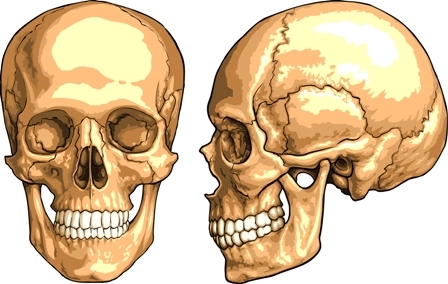Choose TMJ Disorder Dx Carefully

Question: How should I report a diagnosis of temporomandibular joint (TMJ) disorder? Montana Subscriber Answer: It depends on the type of TMJ disorder, and the laterality of the condition. First, you’ll code unspecified TMJ disorders with one of the following codes, depending on the patient’s specific circumstances: Not so fast: The M26.6- (Temporomandibular joint disorders) code set features similar sets of codes for several other TMJ disorder types: For TMJ adhesions and ankylosis, choose the appropriate code from the M26.61- (Adhesions and ankylosis of temporomandibular joint) code set. For TMJ arthralgia, choose the appropriate code from the M26.62- (Arthralgia of temporomandibular joint) code set. For articular disc disorder of the TMJ, choose the appropriate code from the M26.63- (Articular disc disorder of temporomandibular joint) code set. Remember: Just like the M26.60- TMJ codes, all of these codes require a sixth digit to indicate laterality. So, let’s say the PM physician provides a level-two evaluation and management (E/M) service in the office for a patient with bilateral TMJ arthralgia. On the claim, you’d report 99202 (Office or other outpatient visit for the evaluation and management of a new patient, which requires these 3 key components: An expanded problem focused history; An expanded problem focused examination; Straightforward medical decision making …) for the E/M with M26.623 (Arthralgia of bilateral temporomandibular joint) as a diagnosis.




